Analytix Now Includes Recently Released Bar Passage Outcomes and 509 Required Disclosures
Analytix now includes bar passage rates for first-time takers in 2019 and ultimate bar passage rates for 2017 graduates. These data were released by the American Bar Association earlier this year and are now available in Analytix for comparing institutions and examining trends since 2008. The most notable finding is the nearly five percentage point increase in the pass rate for first-time takers. The overall ultimate bar pass rate also improved, increasing from 88.6 percent for 2016 graduates to 89.5 percent for 2017 graduates.
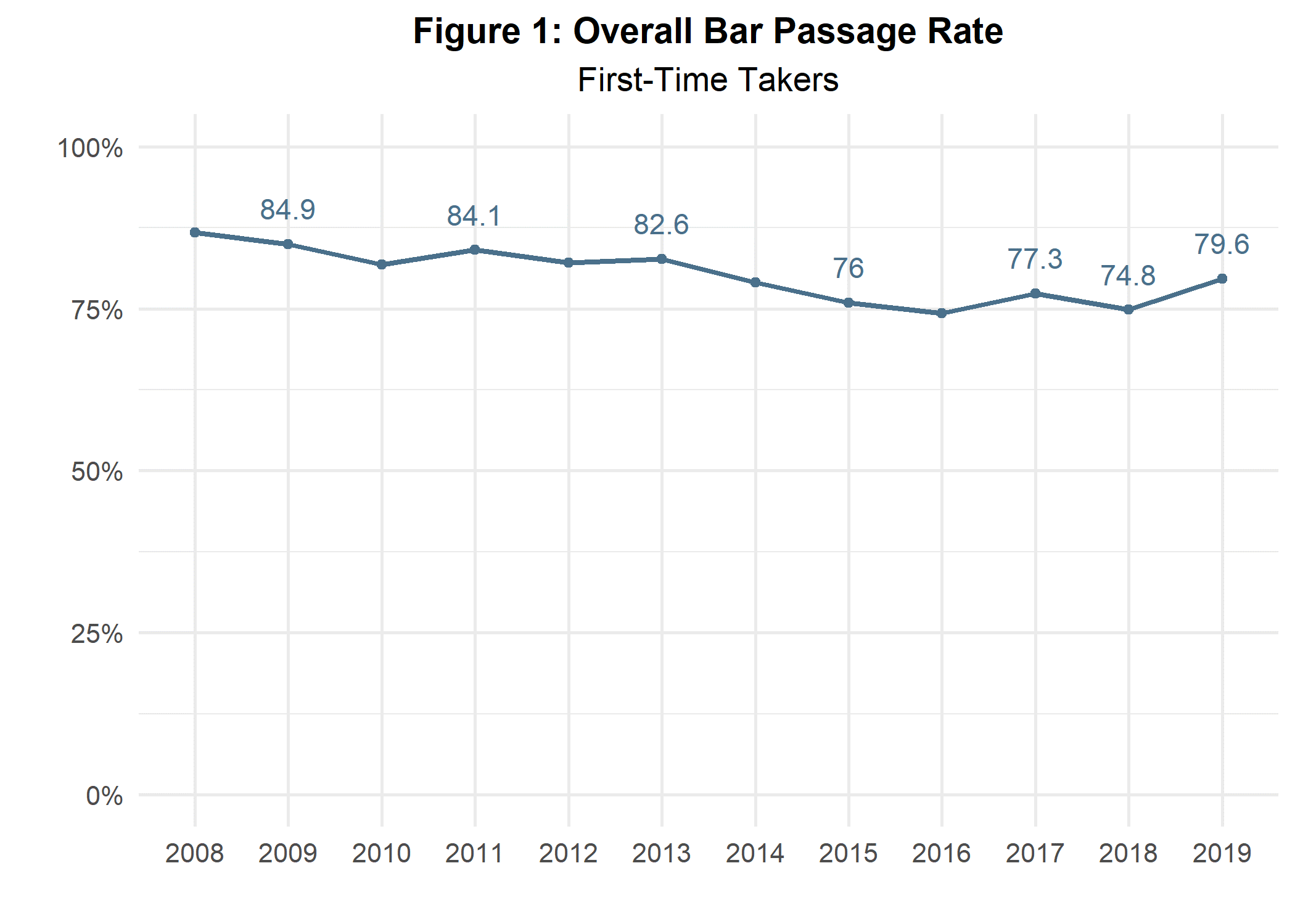
Despite the increase in the overall bar pass rate, not all jurisdictions saw an increase in the share of first-time takers passing the bar. The data show that only 35 out of the 51 jurisdictions that had first-time takers in 2019 saw an increase in pass rates compared to 2018.
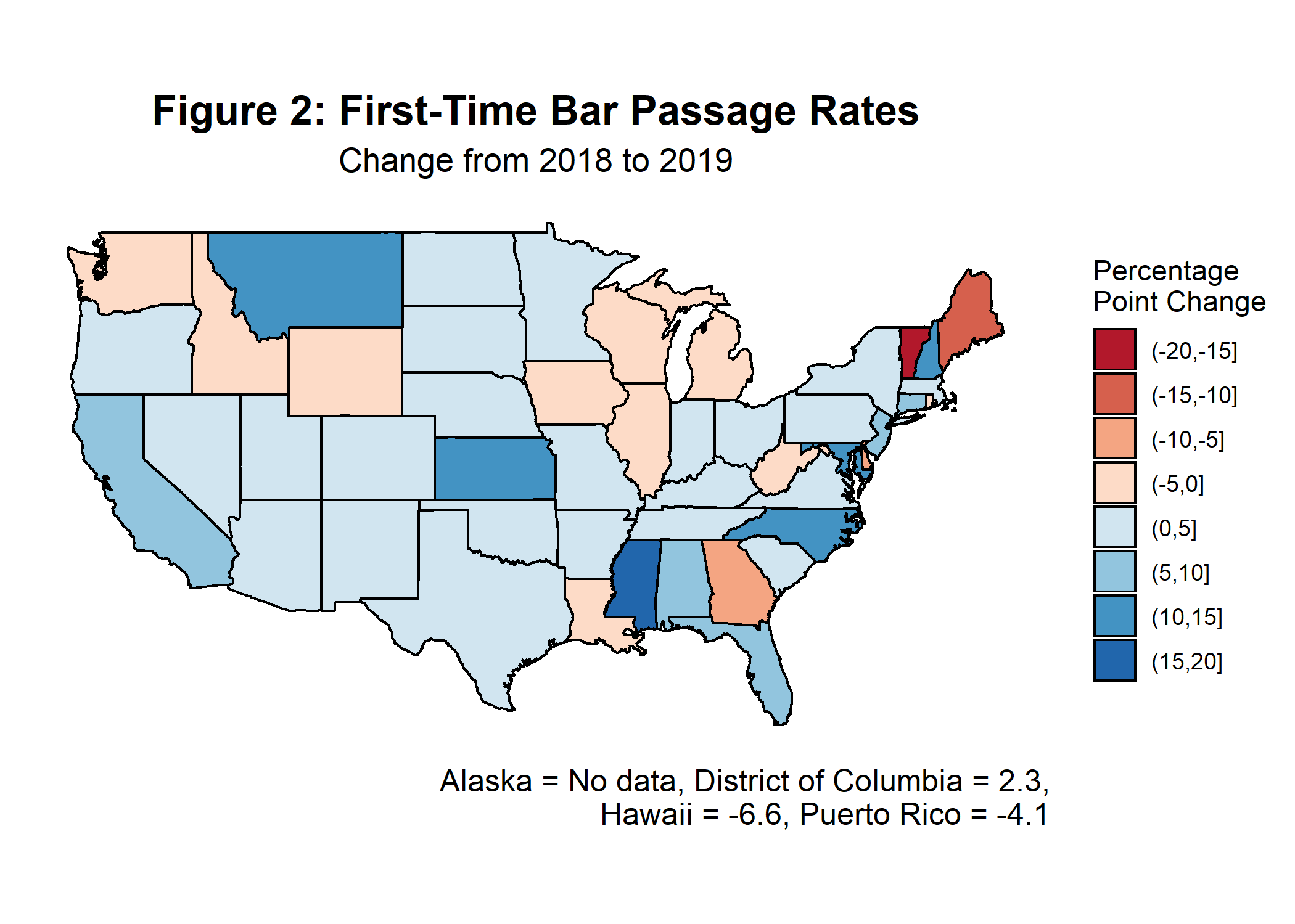
Along with the bar passage data, Analytix now contains the 2019 Standard 509 datasets, which include several changes as compared to 2018. Most notably, schools are now required to report separately tuition and fees. In previous years, the ABA requested that the reported tuition value include fees that were due regularly each semester or year. Combined with last year’s changes, where schools were asked to report one value for tuition plus fees by semester and credit, this new reporting structure offers greater specificity regarding what law schools charge students. The changes in reporting structure are shown below with last year’s table on the left and the new table structure on the right.
In order to accommodate this new reporting structure and allow for comparisons to prior years in Analytix, AccessLex calculated a combined annual tuition and fee value for each school. Where applicable, AccessLex confirmed reported values with published tuition and fees on schools’ websites and modified them, where necessary, to match published values. Looking at all ABA-accredited law schools, new data show that compared to last year, the median annual tuition and fees increased by almost $950 for full-time residents and by $1,500 for full-time nonresidents. Since the 2011-12 academic year, the earliest year of data in Analytix, the increases are approximately $6,600 and $8,300 for full-time residents and full-time nonresidents, respectively.
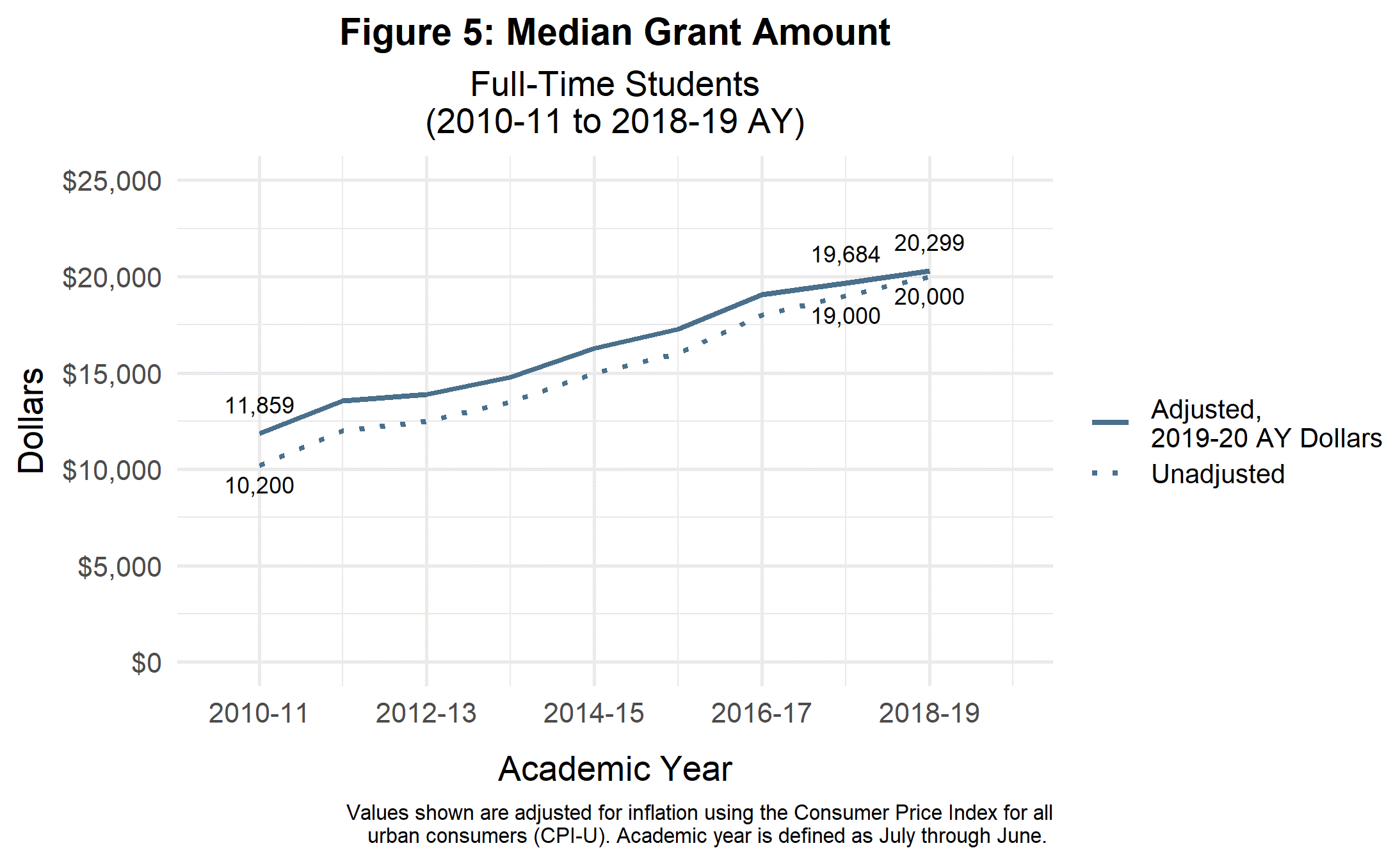
After accounting for inflation over this time period, the changes are smaller than the nominal dollar values suggest. Since last year, tuition and fees increased by over $300 for residents and $800 for nonresidents. Looking further backward, median annual tuition and fees increased by roughly $2,100 for residents and $3,500 for nonresidents since the 2011-12 academic year.
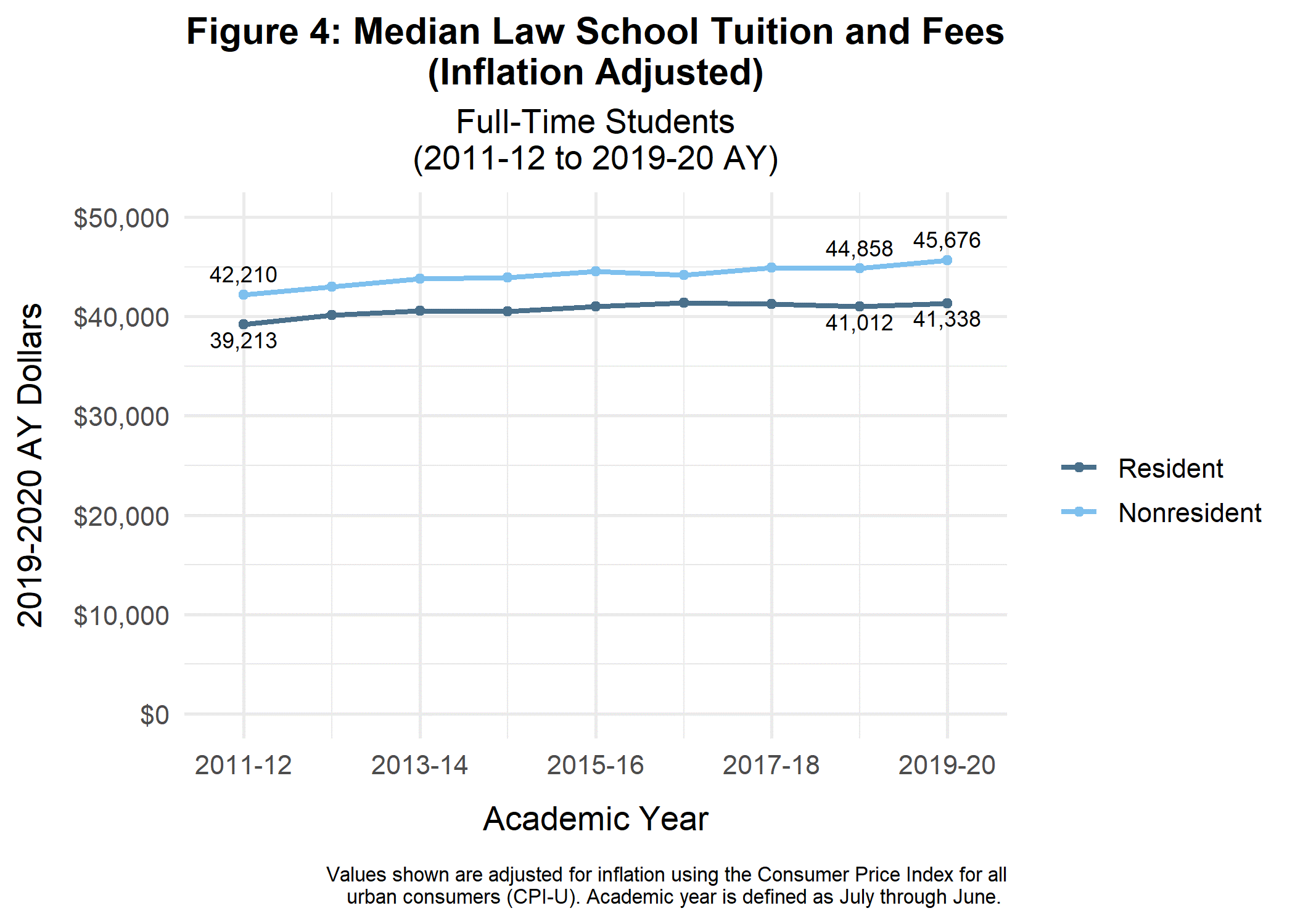
Alongside these tuition increases, the median grant amounts awarded to entering full-time students also increased.[1] In nominal dollars, the median grant amount increased $1,000 from the 2017-18 to 2018-19 academic year and $8,800 since the 2010-11 academic year. Adjusting for inflation, these amounts decrease slightly, but the trend remains the same. From the 2017-18 academic year to the 2018-19 academic year, the median grant amount increased from $19,684 to $20,299, approximately $600. Since the 2010-11 academic year, the median grant amount increased $8,440, from $11,859 to $20,299.
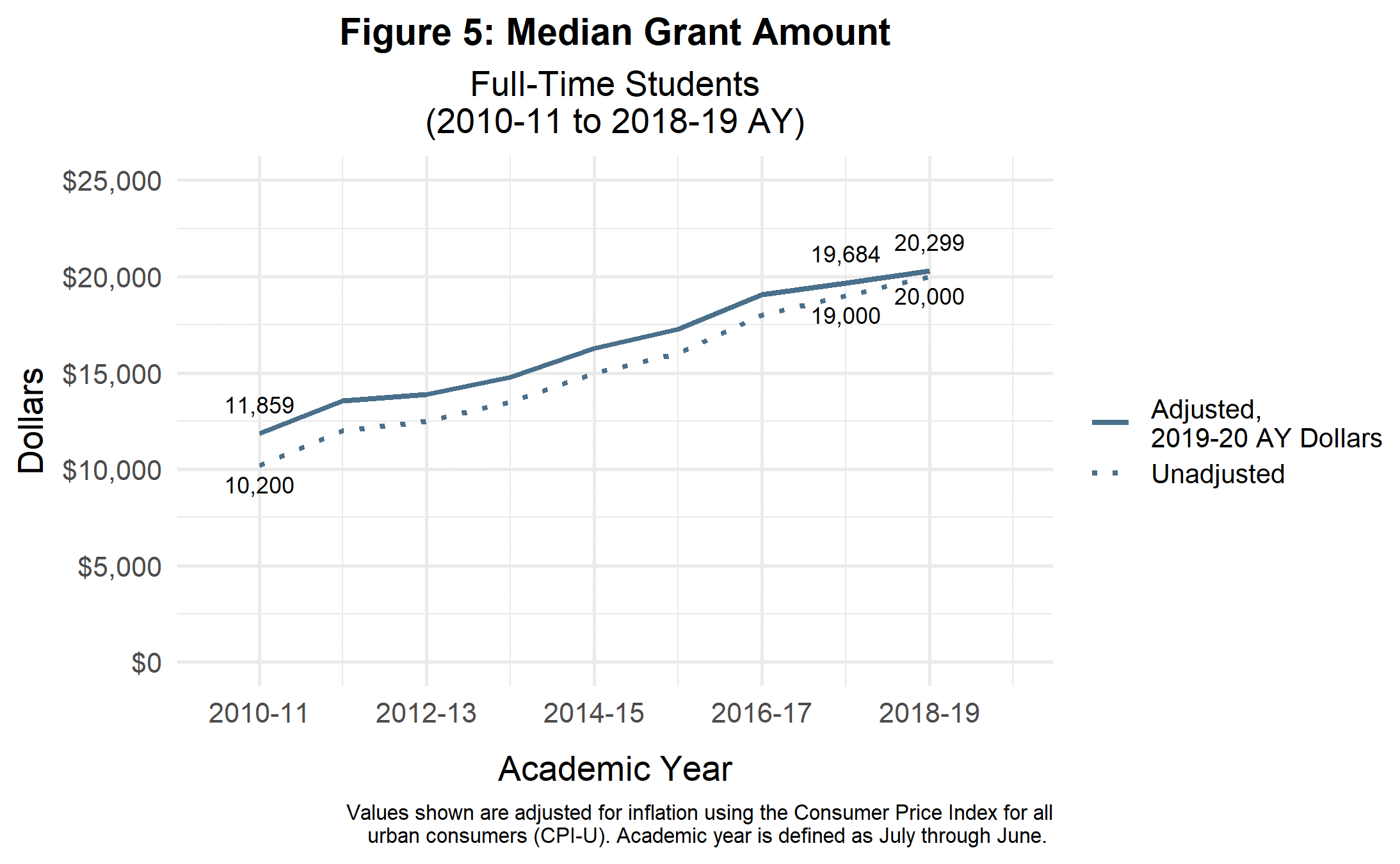
Over the same time period, there has been a sizeable increase in the share of law school students receiving grant aid, as well as an increase in the share of students receiving grants covering at least half of their tuition. In the 2010-11 academic year, just over half of full-time students received institutional grants. By the 2018-19 academic year, over three-quarters of full-time students received institutional grants. During this same period, the share of full-time students receiving institutional aid amounting to at least half of their tuition increased from 13 percent to 29 percent.
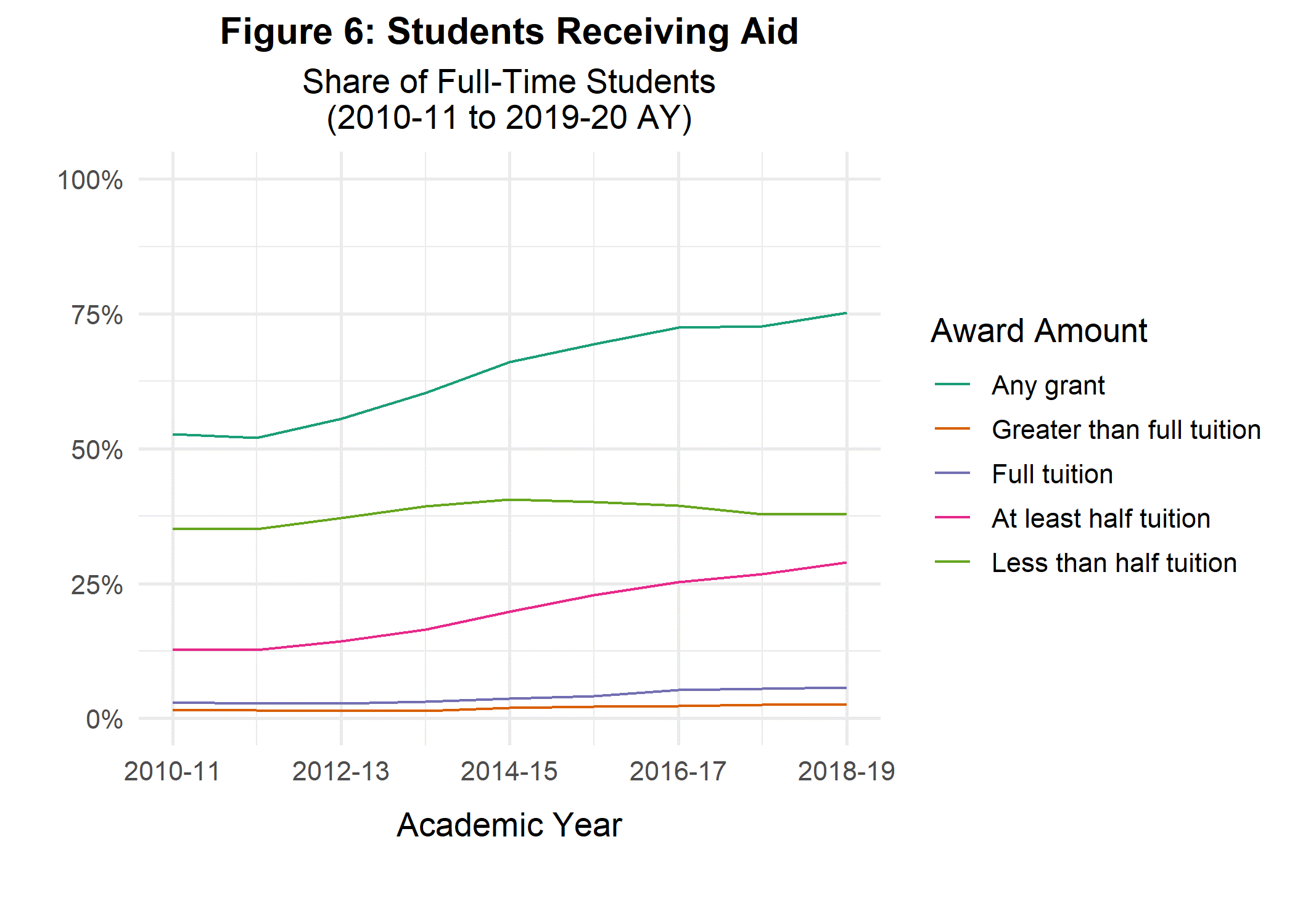
With the addition of the bar passage and 509 disclosure datasets to Analytix, users can now quickly analyze the most current data on legal education. In addition to allowing custom data downloads that enable analyses like those above, Analytix provides several benchmarking tools. Among these, the Peer Group Comparison tool produces a presentation ready report containing comparisons between a school of interest and one or more user-defined peer institutions. Similarly, the Trend Report tool lets users track changes in institutional characteristics and outcomes for one or more schools over time. To continue exploring the new data releases by the ABA and to see data for individual institutions, visit Analytix.
[1] Law schools report the median grant amount awarded to full-time students. The median grant amounts shown here are the medians of all school-level medians.